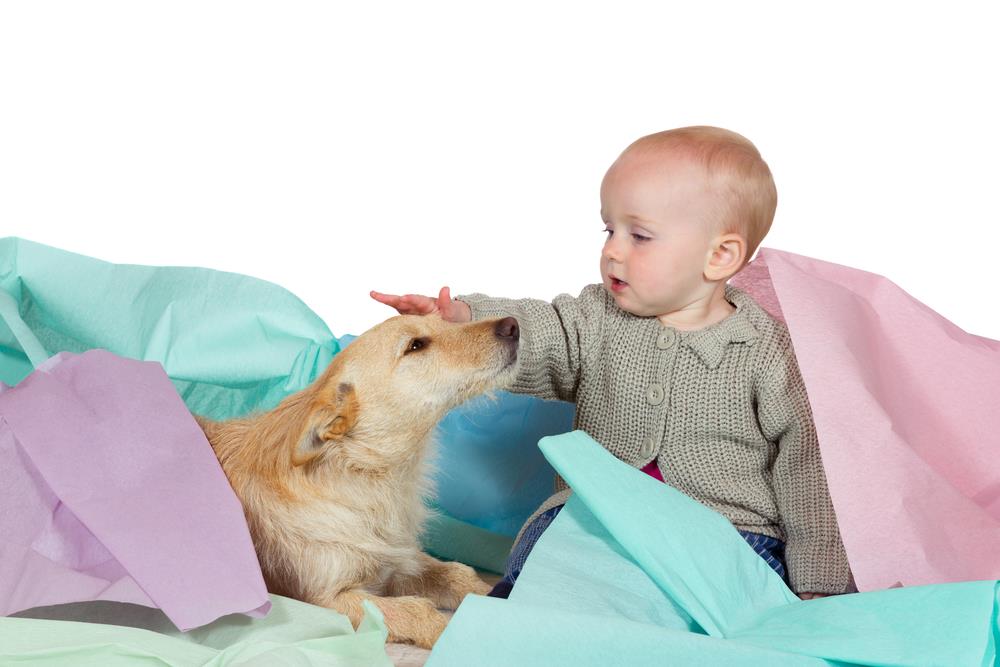Understanding Your Pet’s Instincts and Behaviour: A Key to Successful Pet-Baby Relationship
Grasping the essence of your pet’s instincts and behaviour is crucial in preparing them for a new baby. It’s vital to observe and understand their usual behaviour to anticipate their reactions to big changes, like a new member in the household. Pets have inherent instincts which may dictate how they react to new stimuli.
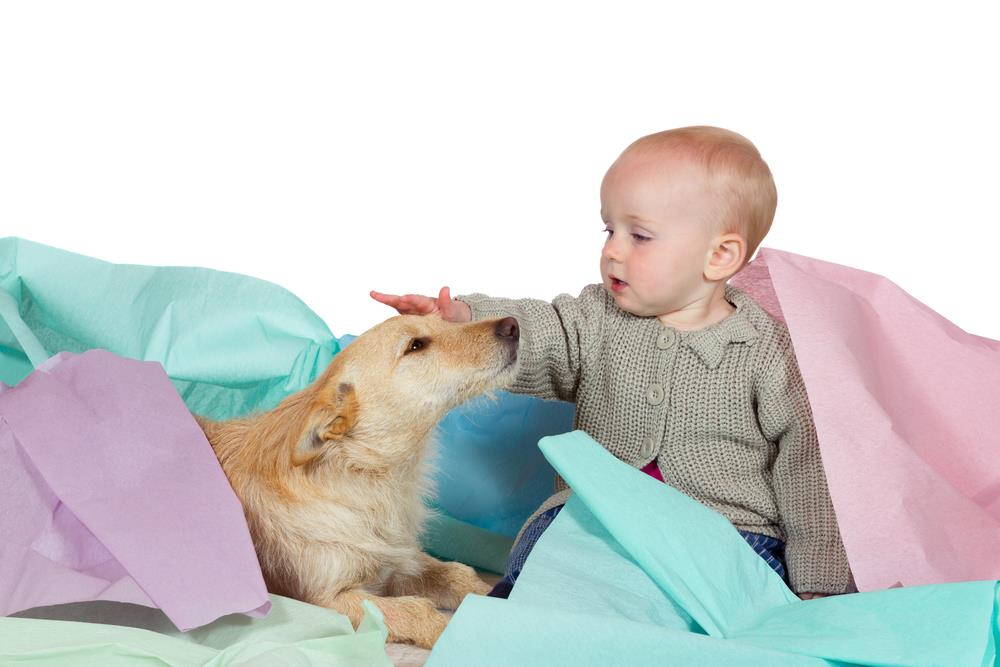
How Pets May React to a New Baby
Each pet’s reaction to a new baby can greatly vary. Some pets may show signs of stress, while others may become protective or curious. This is where your understanding of their behaviour and instincts becomes crucial.
The Role of Instincts in Your Pet’s Behaviour
Instincts play a significant role in shaping pet behaviour. Recognising these instincts can help you predict and manage your pet’s reaction to a new baby.
Gradual Introduction of New Scents and Sounds to Your Pet
Introducing baby-related scents to pets is a strategically significant step. This process assists in familiarising your pet with the aromas related to babies, creating a sense of comfort and acceptance. Begin by gradually introducing items with the baby’s scent, such as clothes and blankets. This enables your pet to associate these new scents with a positive experience.
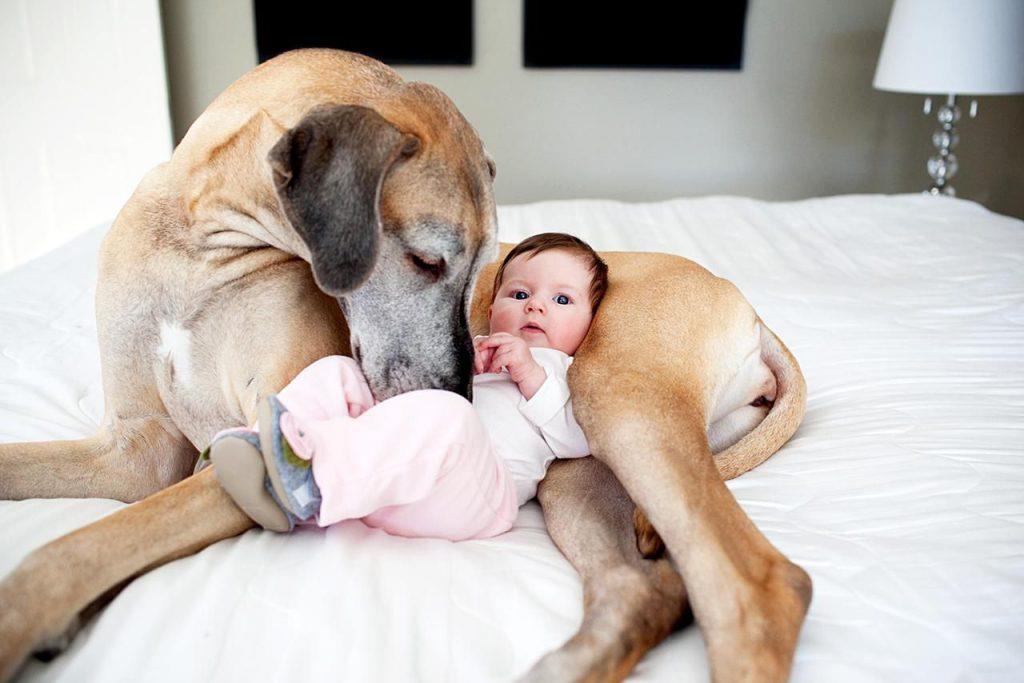
Using Baby Sounds to Prepare Your Pet
Similarly, exposure to baby sounds before the baby’s arrival can ease the transition for your pet. You can use audio recordings of baby noises, gradually increasing the volume over time. This strategy helps pets adjust to the new sounds without getting overwhelmed.w Scents and Sounds
It’s crucial to establish a positive association with these new experiences. Reward your pet with treats and praise when they react calmly to new scents and sounds. This reinforces the idea that these changes are positive. By following this approach, you’ll create a harmonious environment for both your baby and pet .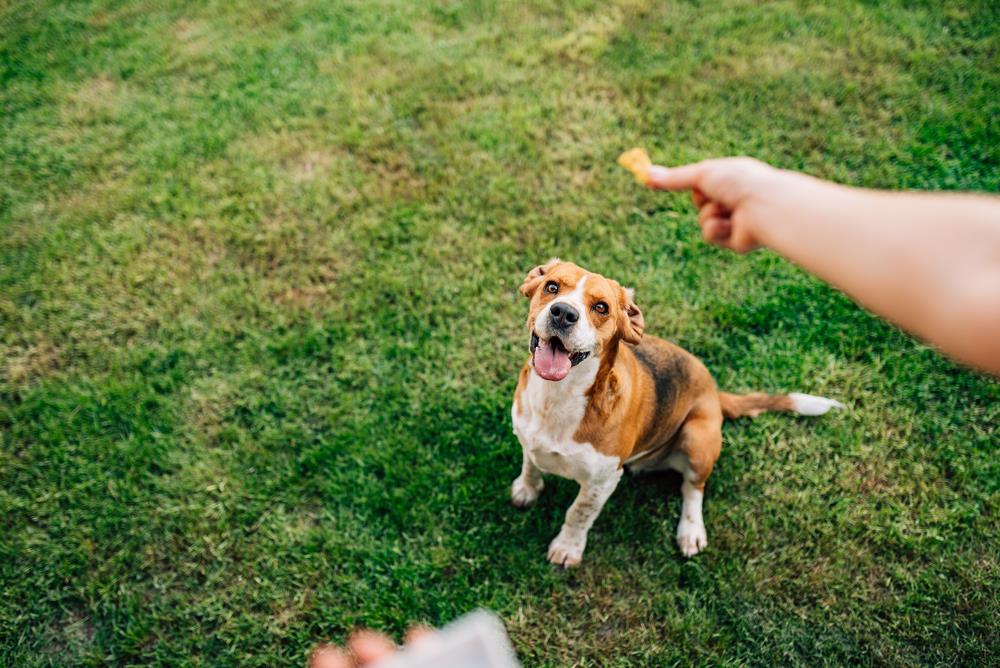
Setting Boundaries in the Home for Your Pet
In preparing your pet for a new baby, it’s crucial to establish boundaries within the home. Just as children thrive with a bit of structure, pets too, particularly dogs, appreciate knowing their limits. This helps to create a harmonious environment, especially when a new family member arrives.

Teaching Your Pet About Off-Limits Areas
Establishing restricted areas is an effective strategy to keep both your baby and pet safe. Use positive reinforcement to teach your pet about these off-limit zones. Gradually, they’ll learn to associate these areas with rewards, ultimately steering clear of them.
Maintaining Consistency in Enforcing Boundaries
Consistency is key when it comes to boundary enforcement. Make sure all family members understand and respect the set rules. This consistency will help your pet adjust quicker and easier to the presence of a new baby.
- Use physical barriers such as baby gates or closed doors to reinforce boundaries.
- Never leave your pet alone with the baby, especially in the initial stages.
- Gradually increase the pets’ exposure to the baby to foster a positive association.
Visiting the Vet for a Health Checkup
Ensuring your pet’s health before a baby arrives is paramount. It’s not just about avoiding potential harm to your newborn, but also about maintaining a harmonious household. A routine visit to the vet is the first step in this process.
Updating Your Pet’s Vaccinations
Up-to-date vaccinations are vital for your pet’s health, especially with a baby on the way. This will protect both your pet and baby from potential diseases. It’s recommended to update your pet’s vaccinations ahead of time.

Discussing Potential Concerns with Your Vet
It’s crucial to discuss any potential concerns about your pet’s behaviour or health with the vet. This could include issues such as aggression, anxiety, or certain medical conditions. Vets can provide guidance and possible solutions to ensure a smooth transition when the new baby arrives.
Training Your Pet for the Arrival of a New Baby
Preparing your pet for the arrival of a new baby is no small task. A crucial element of this preparation is training. This process helps the pet adapt to the new dynamic, easing potential anxiety or aggressive tendencies. By gradually introducing baby-related items and sounds, you can help your pet acclimate to the forthcoming changes.
Techniques for Reinforcing Positive Behaviour
Reinforcing positive behaviour is essential in training. This can be achieved by rewarding your pet when it exhibits the desired behaviour. Treats, praises, or toys can be effective rewards. A recommended method is positive reinforcement training, which encourages good behaviour without causing fear or stress.
The Importance of Socialising Your Pet with Children
Socialising your pet with children is vital for a harmonious home environment. Pets that are comfortable around children tend to be more relaxed and less likely to act out. Introduce your pet to children gradually, under controlled circumstances, and always supervise their interactions. T
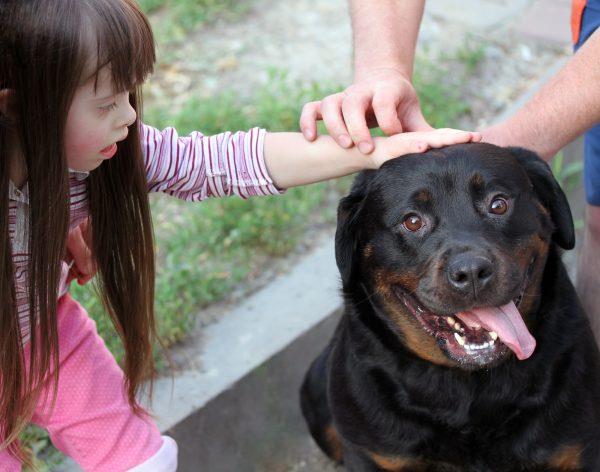
Simulating a Routine Change: Preparing Your Pet for a New Baby
One of the most significant changes a pet experiences when a new baby arrives is a shift in their routine. The once undivided attention and predictable schedules might be disrupted, causing stress and confusion.
The Impact of a New Baby on Your Pet’s Routine
Your pet’s routine will undoubtedly be affected by the arrival of a new baby. There will be changes in feeding times, walk schedules, and even the amount of attention they receive. It’s crucial to ensure your pet feels secure during this transition.
Simulating Changes in Feeding and Walking Schedules
Gradually adjust your pet’s feeding and walking schedules before the baby arrives. This gradual shift will help them adapt to the new routine without feeling abruptly neglected.
Helping Your Pet Adapt to New Routines
Introducing changes slowly and rewarding your pet for good behaviour can help them adjust. You might also consider enlisting the help of a professional trainer to assist in managing this transition.
Integrating a new family member can be a significant adjustment for your pet, but with patience and understanding, they can adapt well to their new routine.
Introduction to the New Family Member: Baby Meets Pet
Introducing your pet to your new baby is a delicate process that requires careful planning.
When planning the first introduction, ensure the atmosphere is calm and controlled. Choose a quiet time and space, free from distractions. Avoid noisy toys or sudden movements which may startle your pet.
Ensuring a Successful Introduction
Keep these encounters short and positive, gradually increasing the time your pet spends with the baby. Consistency is key in helping your pet adjust to the new family dynamics. Be patient and give your pet the time it needs to adapt to the new circumstances.
Remember, every pet is unique and may react differently. Use these guidelines as a starting point, but tailor them to fit your pet’s specific needs and personality.
Maintaining Balance Post Baby’s Arrival
Welcoming a new baby into your home is one of the most joyous occasions of your life. However, it’s crucial to understand that this change can create stress for your existing pets. Your furry friends may feel neglected or anxious, leading to potential behavioural issues.
One of the keys to maintaining a harmonious balance in the home post baby’s arrival is dividing your attention effectively. Make a conscious effort to spend quality time with your pet, even amidst the demands of caring for a new baby. This can help prevent feelings of neglect and minimise behavioural problems.
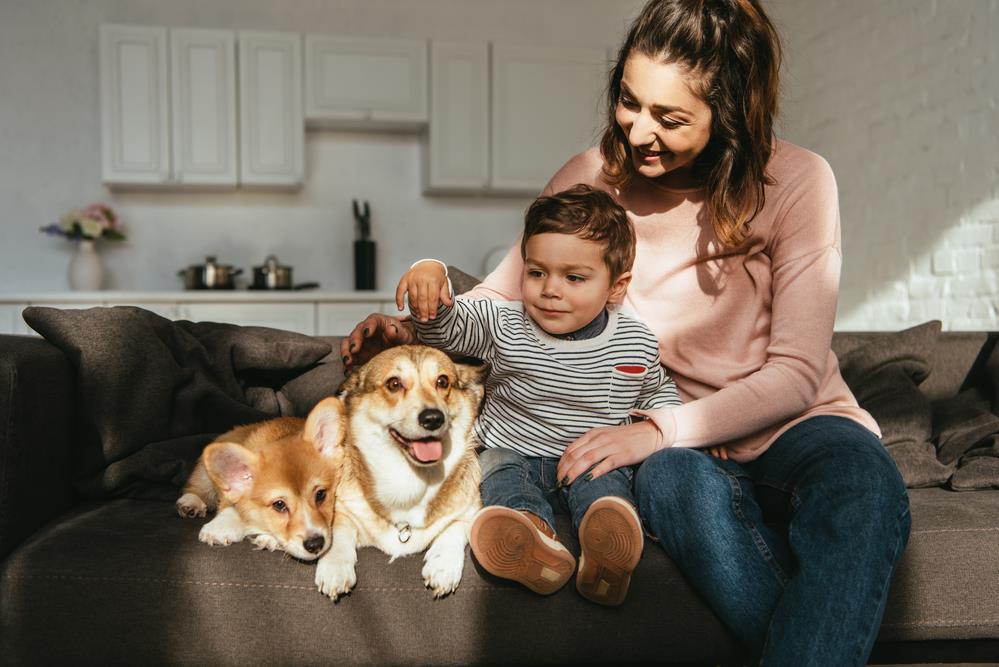
Addressing Behavioural Issues Post Baby’s Arrival
Behavioural issues in pets post baby’s arrival can range from simple attention-seeking behaviours to more serious aggression. Regular exercise, mental stimulation and maintaining a consistent routine can be beneficial in these situations.
Remember, your pet was there before the baby and will still need your love and attention. Balancing the needs of your new baby and your pet will not only ensure a peaceful home environment, but also promote a positive relationship between your child and pet.

